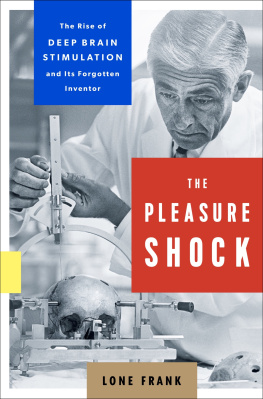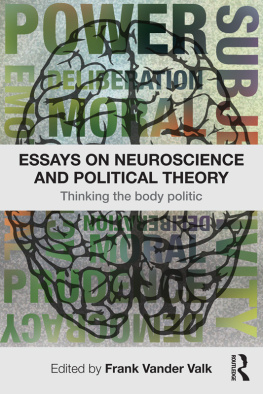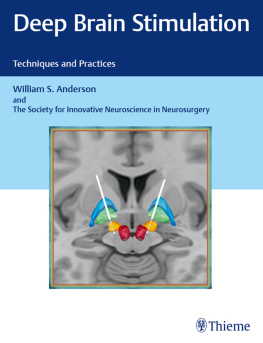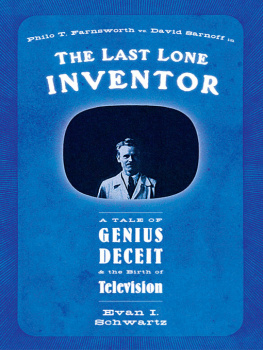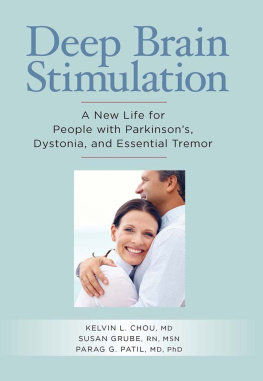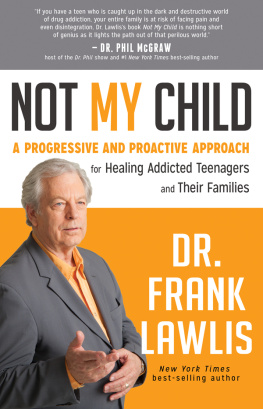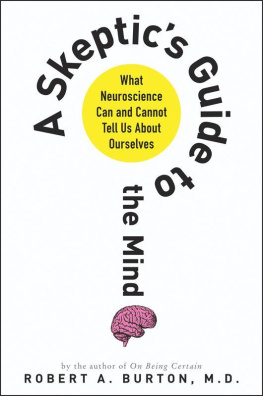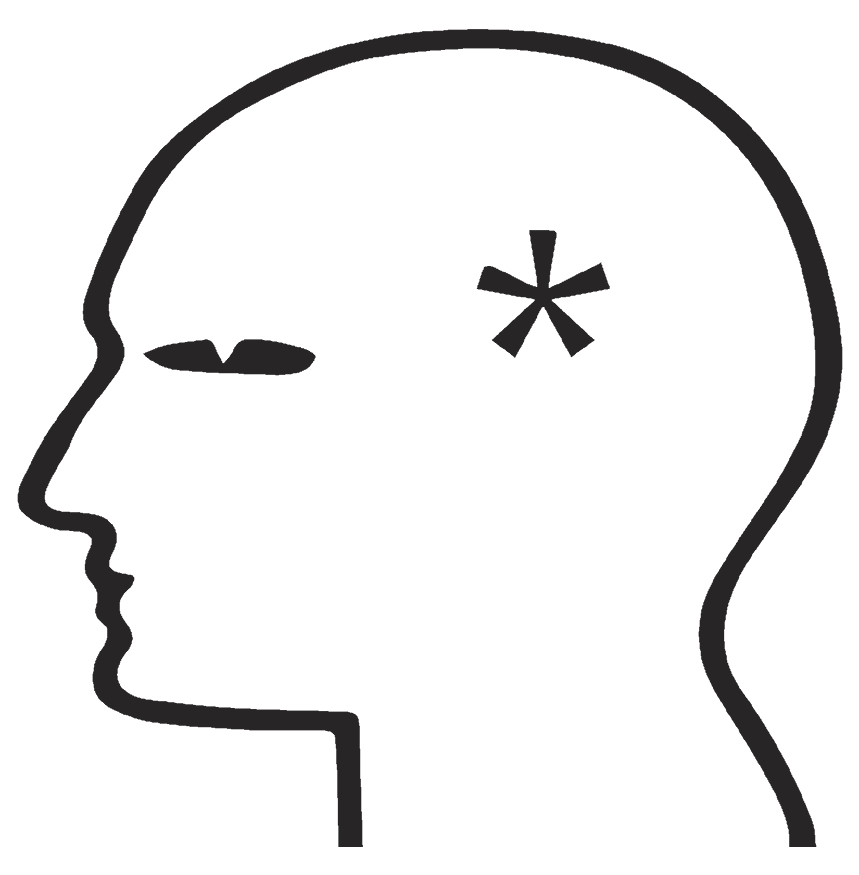
An imprint of Penguin Random House LLC
375 Hudson Street
New York, New York 10014

COPYRIGHT 2018 BY LONE FRANK
Penguin supports copyright. Copyright fuels creativity, encourages diverse voices, promotes free speech, and creates a vibrant culture. Thank you for buying an authorized edition of this book and for complying with copyright laws by not reproducing, scanning, or distributing any part of it in any form without permission. You are supporting writers and allowing Penguin to continue to publish books for every reader.
DUTTON AND THE D COLOPHON ARE REGISTERED TRADEMARKS OF PENGUIN RANDOM HOUSE LLC.
LIBRARY OF CONGRESS CATALOGING - IN - PUBLICATION DATA
Names: Frank, Lone, 1966 author.
Title: The pleasure shock : the rise of deep brain stimulation and its forgotten inventor / Lone Frank.
Description: New York, New York : Dutton, [2018] | Includes bibliographical references.
Identifiers: LCCN 2017029957 | ISBN 9781101986530 (hardcover) | ISBN 9781101986547 (ebook)
Subjects: | MESH: Heath, Robert G. (Robert Galbraith), 19151999. | Deep Brain Stimulationhistory | Mental Disorderstherapy | Physicianshistory | History, 20th Century | Louisiana
Classification: LCC RC350.B72 | NLM WM 11 AL6 | DDC 616.8/046dc23
LC record available at https://lccn.loc.gov/2017029957
While the author has made every effort to provide accurate telephone numbers, Internet addresses, and other contact information at the time of publication, neither the publisher nor the author assumes any responsibility for errors or for changes that occur after publication. Further, the publisher does not have any control over and does not assume any responsibility for author or third-party websites or their content.
Version_2
For Morten Malling
My lovealways
If it was possible to become free of negative emotionsby a riskless implementation of an electrodewithoutimpairing intelligence and the critical mindI wouldbe the first patient.
His Holiness the Dalai Lama
Society for Neuroscience Congress, November 2005
CONTENTS
Prologue
The doctors tell him to forget all about the wires. There are four of them, dragging from the back of his head to the floor and under a thick curtain into the next room. Ignore them, the doctors say, relaxconcentrate on the task at hand. That wont be easy; hes never been with a woman before. And though theyve been aiming for this moment, this encounter, for months, he cant shake the thought. This feels utterly wrong.
He glances around. The doctors have done the best they could with the sterile white room. Theyve put up some curtains and laid out a few rugs to give it something of a homey ambience. Theyve also softened the harsh overhead lights, which helps put him at a slightly greater ease. Of course, theyve placed a bed in the room, even if its just a regular white metal-frame hospital model. He cant avoid seeing her, sitting there on the bedcovers. She pats them politely and invites him to sit down beside her. He knows it is more like a summons, a requirement of his involvement in this experiment. He collects his wires and drags himself over to the bedside.
They have two hours. Thats how much time shes been paid for, hes been told. She tells him to relax, take it easy. Theres no rush. Why doesnt he start by telling her a little about himself?
He considers her more closely now. She has already taken off her dress, but fortunately she still has her undergarments on. She tells him that shes just turned twenty-one, but he senses that she is somehow older than her years. Hes twenty-four, but right now he feels much younger, less experienced. He has a hard time looking her in the eye. When he finally manages to speak, he addresses the room, softly at first, then with more force. Its as if everything, his whole life, comes pouring out of him at once, the problems with his family, the drugs, his covert meetings with older men, the disgust he feels for what he is... and for what he is not.
As he talks, the woman moves closer and, though he does not notice when or how, she slips off her bra. Its lying on the floor like a deflated balloon. Its uncomfortable to look at her naked body but also strangely exhilarating. Finally, he senses the thing that brought him here. That feeling the scientists have managed to give him over the months he has been coming to the lab. A wave of warmth is it desire? spreads downward and tugs at him.
He thinks the experiment may be working, and this gives him the courage to stretch a hand out to her. He fixes his eyes on the pattern of one of the curtains, lets his fingers come into contact with her unfamiliar body. Her skin is surprisingly warm, softer and more yielding than what he is used to. He registers a few syllables of her voice and lets his hands roam.
Now it becomes a kind of dance, one that dances itself. But every so often, he is struck by a thought, almost as if someone is prodding him on the shoulder, telling him, urging him, to keep going. Intermittently, he remembers the wires and the room next door. There are four people in that room, and they are observing everything he does, recording every movement he makes, though they can neither see nor hear him, at least not directly. Right now, they are focused intently on the readings from the nine electrodes placed deep within his brain. With each movement of his hand, each sensation of skin on skin, signals from a densely packed area of gray matter run through the cables into the doctors sensitive devices.
Initially, as I read the account of the experiment with B-19, I thought it was a sick joke, a parody of mad scientists run amok. But the more I read, it became clear: A psychiatrist had actually tried to convert a homosexual man to heterosexual preferences through brain stimulation, and both the doctor and his patient genuinely wanted the experiment to succeed. Electrodes had been implanted in the mans pleasure center and were stimulated while the man underwent a monitored session with a female prostitute. As unlikelynot to mention unethicalas the experiment seemed, the original article filled seven pages of an academic journal, the Journal of Behavioral Therapy and Experimental Psychiatry , in 1972. It was all there, in black and white, though the text and graphs left a lot to the imagination.
The language of the paper was sober and academic, which made it all the more jarring. Pleasure has long been known to be a primary reinforcing condition for acquiring and establishing behavior in animals and man, the preamble stated matter- of-factly. Over the past several years considerable interest has also fastened on the fact that a pleasurable response can be induced by direct activation of the brain and raised hopes that this might be applied to the treatment of disordered human behavior. Were they really exploring a treatment for sexual orientation a few years after the Stonewall riots kicked off the gay liberation movement? Yet the scientific logic was rigorous and stringent. The treatment regimen was subtle and sophisticated. The encounter between the patient and his treatmentthe prostitutewas designed as if it were normal lab practice.

